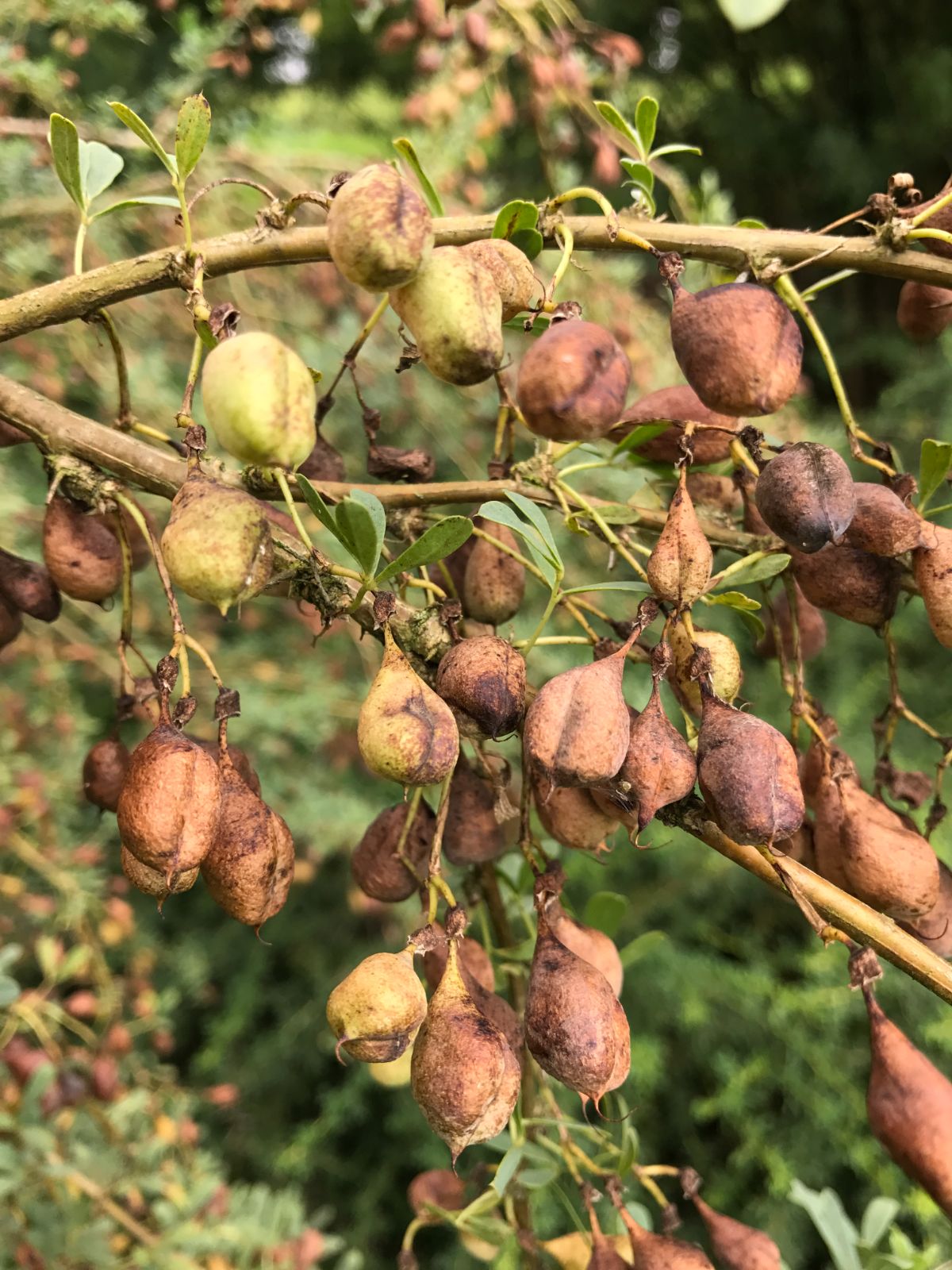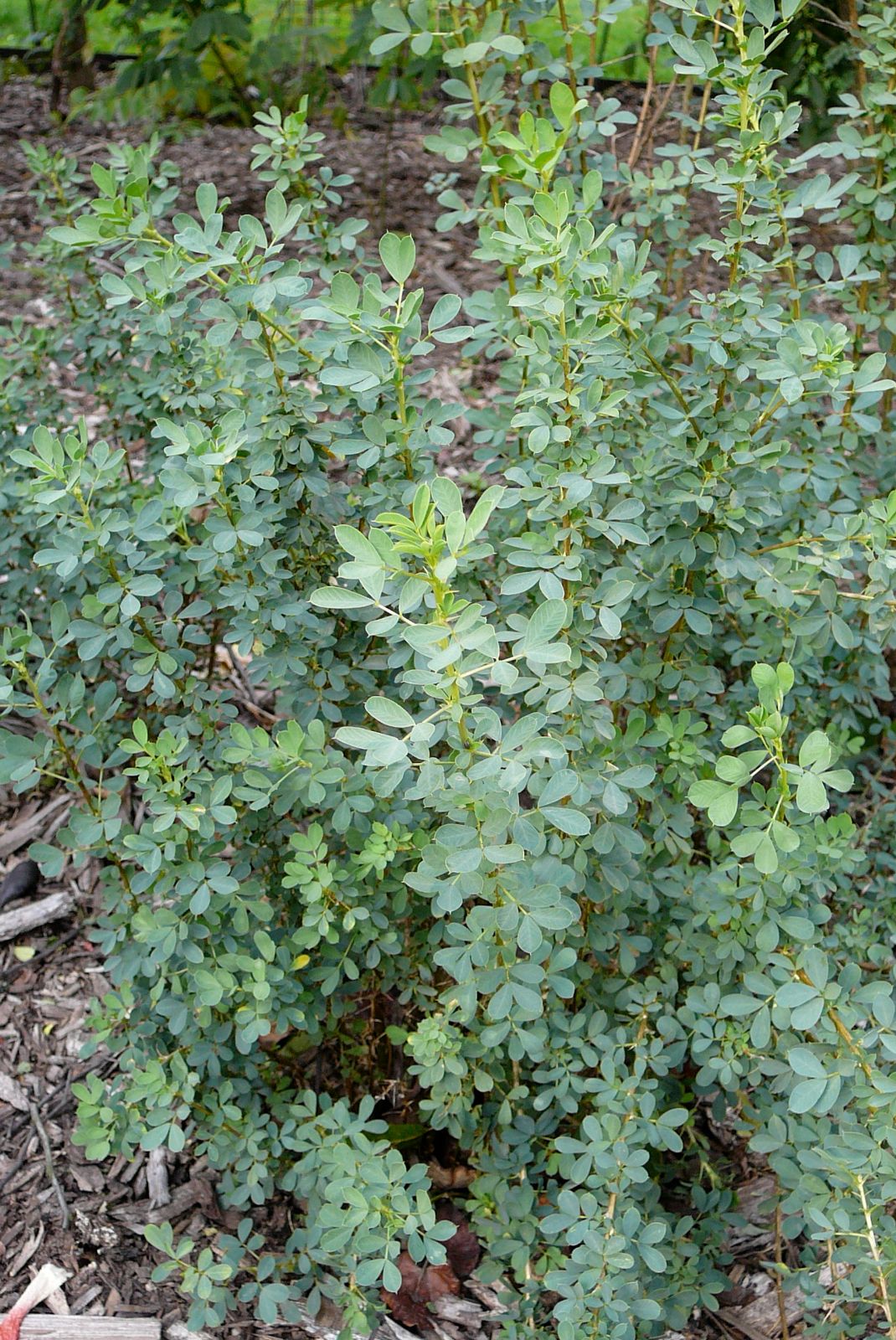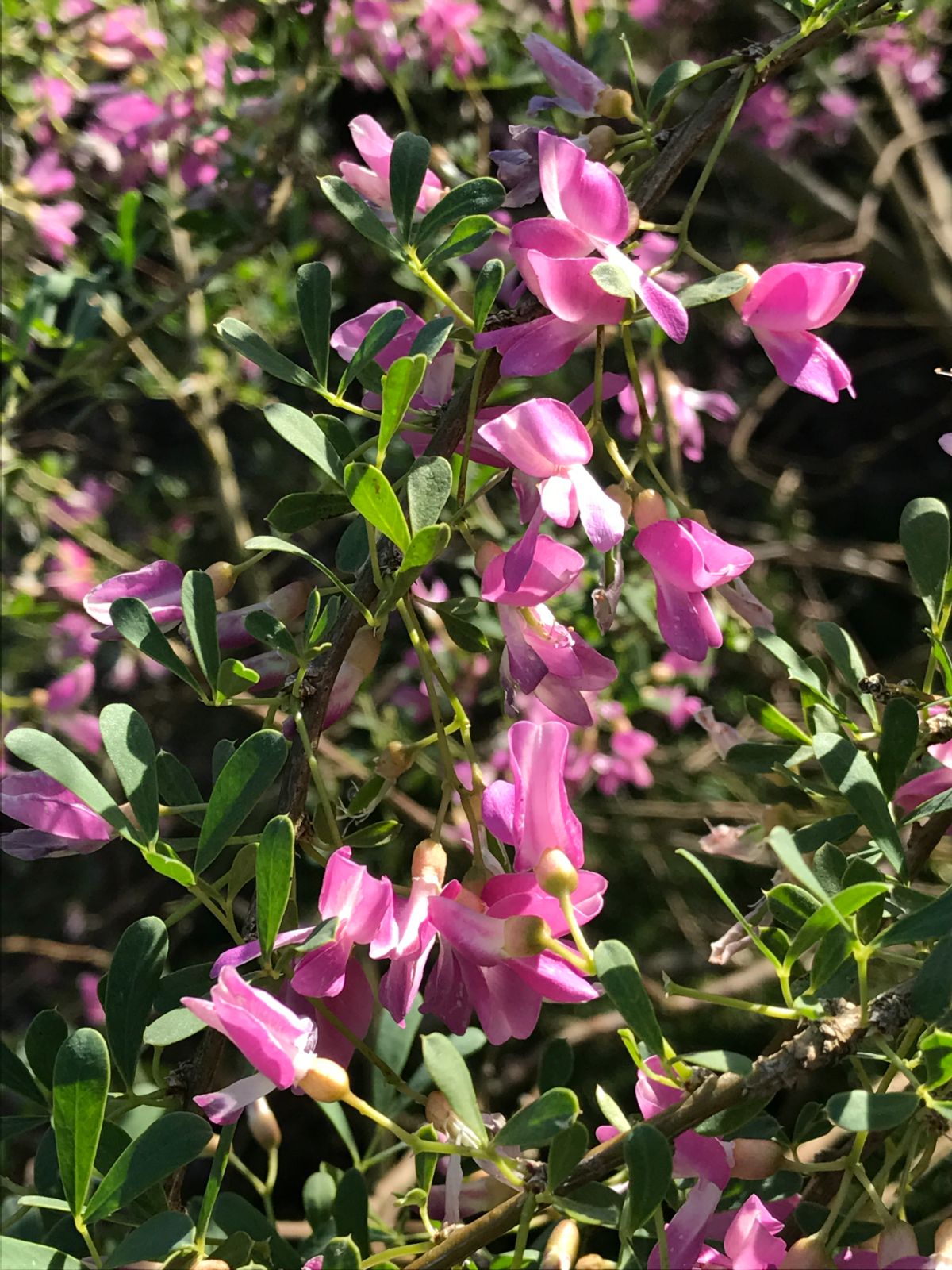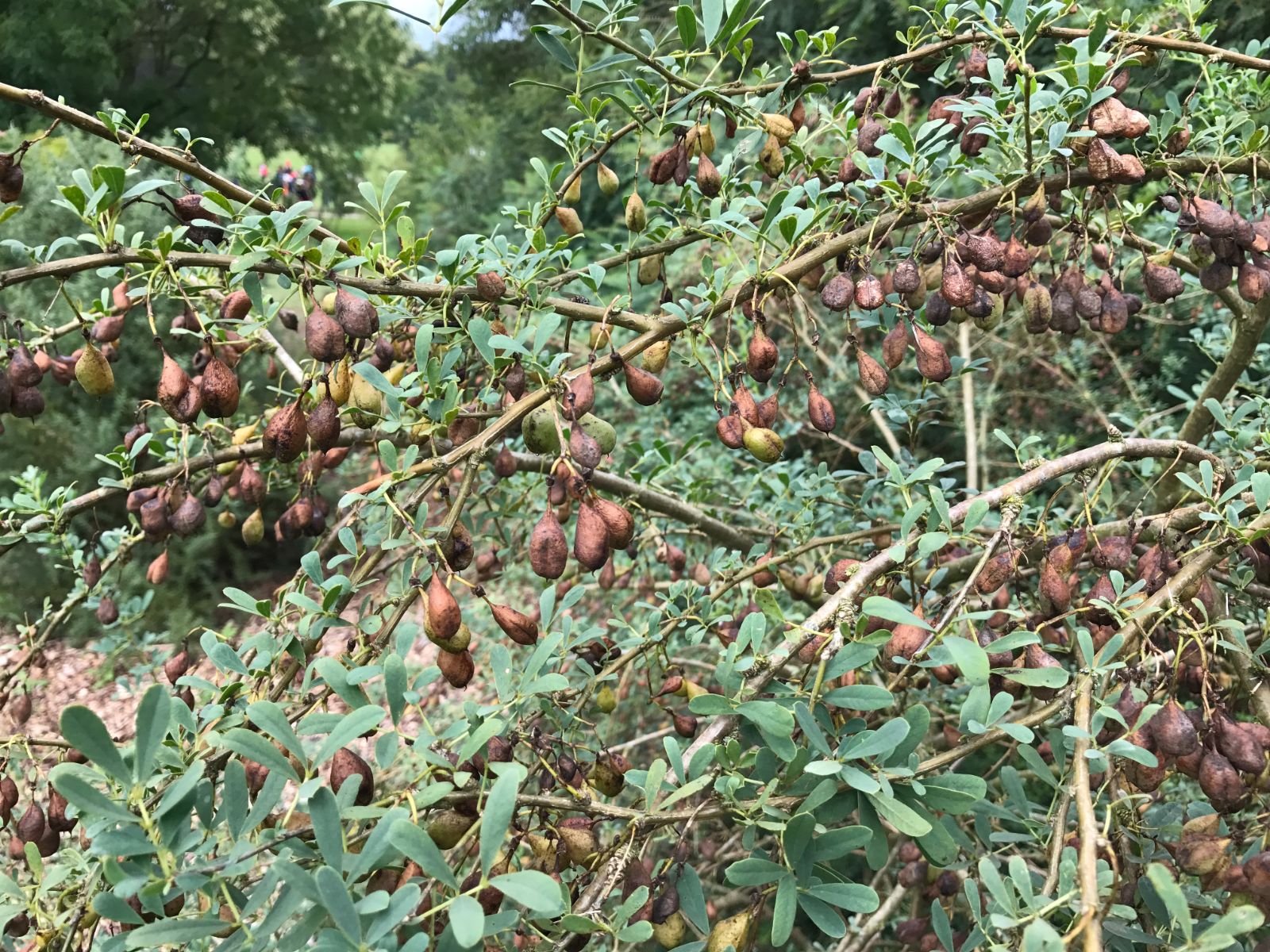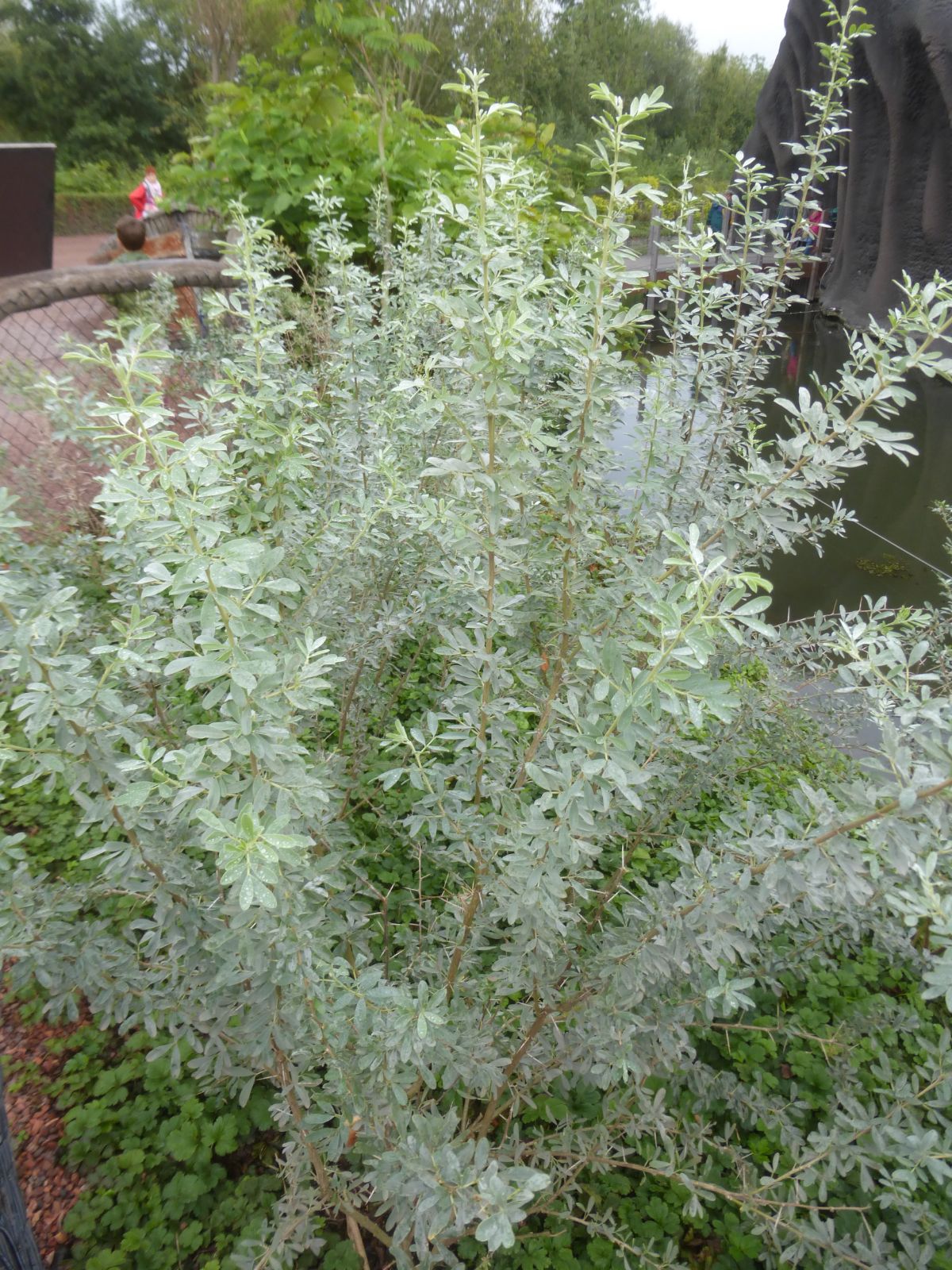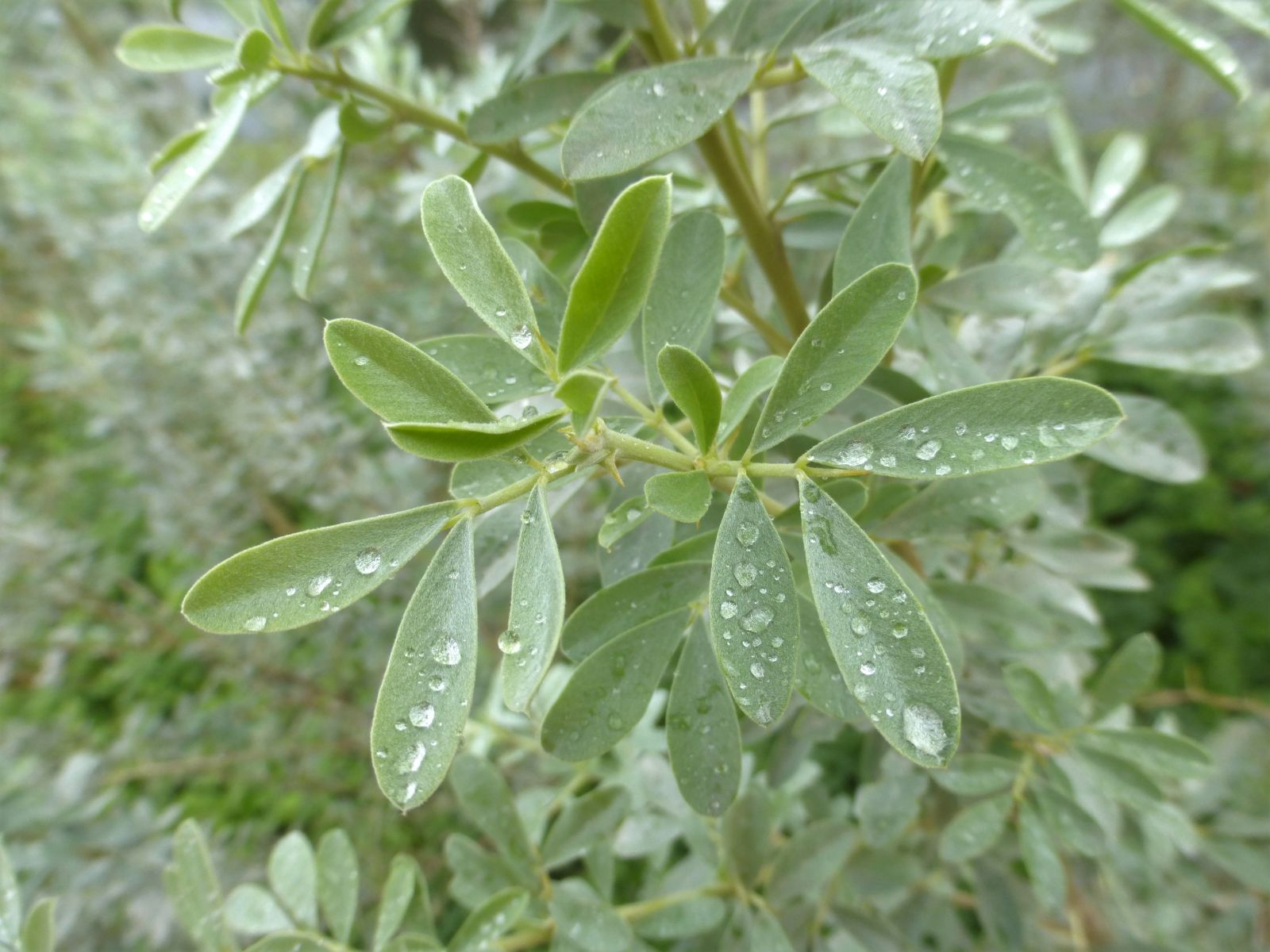Halimodendron halodendron
Credits
Article from Bean's Trees and Shrubs Hardy in the British Isles
Recommended citation
'Halimodendron halodendron' from the website Trees and Shrubs Online (treesandshrubsonline.
Genus
Common Names
- Salt Tree
Synonyms
- Robinia halodendron Pall.
- Halimodendron argenteum (Lam.) DC.
- Caragana argentea Lam.
A deciduous shrub, naturally 4 to 6 ft high, with very spiny, spreading, somewhat angular branches, greyish, and covered with a fine down when young. Leaves pinnate, composed usually of two pairs of leaflets, the common stalk ending in a stiff spine, which remains after the fall of the leaflets. The latter are 3⁄4 to 11⁄2 in. long, 1⁄8 to 1⁄4 in. wide, oblanceolate, stalkless, tapering to the base, and co
Native mainly of Russian central Asia, but extending into Mongolia, the region south and south-west of the Caspian Sea and the steppe region north of the Black Sea. In central Asia it is a characteristic member of the interesting ‘tugai’ vegetation which grows on moist, salt-rich soil in the flood-plains of the rivers that flow from the Tian Shan into the Aral Sea and Lake Balkash. It was introduced by Dr William Pitcairn in 1779. It is best grafted on Caragana arborescens, to which it is near allied, but laburnum has also been used as the stock. Standards 4 to 5 ft high should be chosen so as to display the very graceful habit of the plant. In this way it forms a small round-headed tree whose lower branches are pendent. It flowers in June and July, and very freely on well-ripened wood. At such times its elegance of growth, its abundant flowers, and its handsome grey foliage render it very attractive.
It is said that this species can also be grown satisfactorily on its own roots, raised from seed or (according to Loudon) from root-cuttings.

